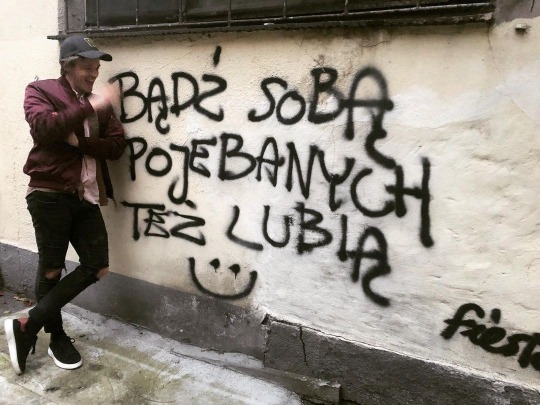Text
Unique albino from Polish zoo named international penguin of the year
/© Gdansk Zoo, © Notes from Poland
An albino penguin born in a zoo in the Polish city of Gdańsk – the only one of its kind kept in captivity in the world – has been chosen as penguin of the year in an international contest.
Five-year-old female African penguin Kokosanka won almost 83% of public votes cast in the final round of March Of The Penguin Madness, an annual contest organised by Penguins International, an organisation committed to preserving and protecting penguins.
As a reward for her success, Kokosanka was presented by staff at her zoo with a cake made from herring caught in the nearby Baltic Sea, her favourite snack.





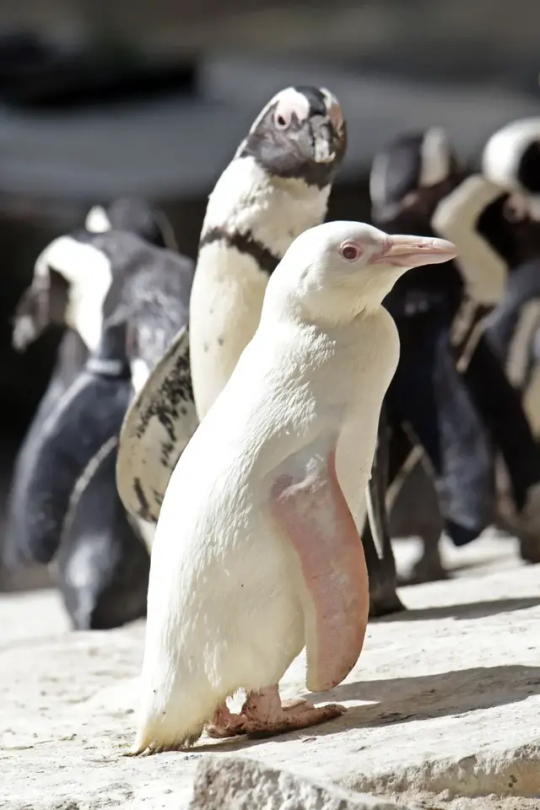
When Kokosanka hatched in Gdańsk in December 2018, her birth was initially kept a secret. Her carers feared that her albinism would mean she had poor health or that she would be rejected by her parents and other penguins.
Although Kokosanka was indeed initially rejected by her parents, with the support of her keepers she has grown into a healthy adult, well integrated with the other 84 penguins living at the zoo on Poland’s northern Baltic coast.
She has also become an informal face of Gdańsk Zoo, which offers Kokosanka-themed merchandise to its visitors.

🤍!
#queen kokosanka#albino#albino penguin#kokosanka#poland#gdańsk#gdansk#polish#albinism#penguin#penguins#sea#polblr#baltic sea#polishcore#wild animals#cutecore#cute animals#animals#birds
47 notes
·
View notes
Text
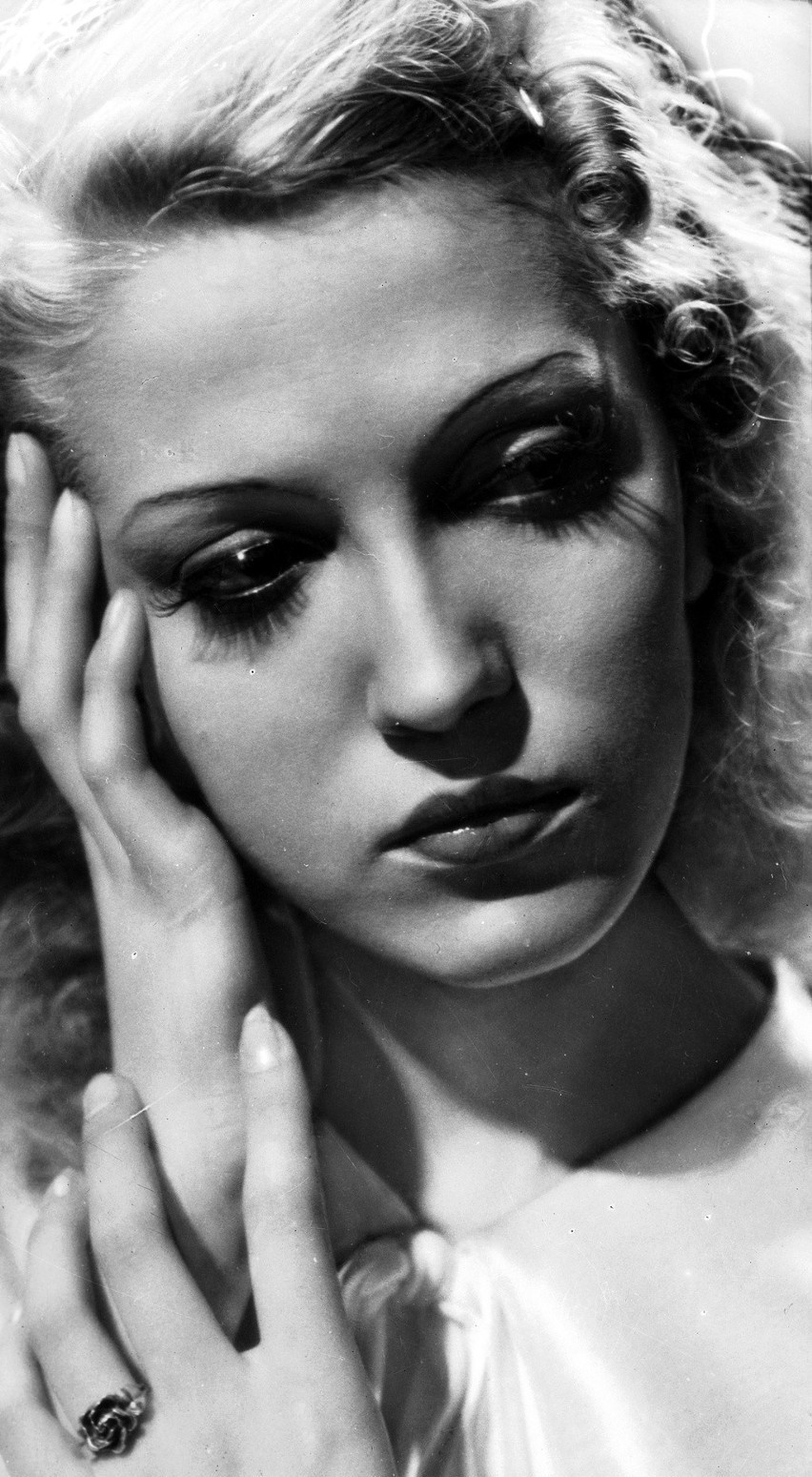









Tamara Wiszniewska (1919-1981) - Polish actress
Tamara Wiszniewska was born on December 19, 1919 in Dubno, Poland (now a region in western Ukraine) on the banks of the Ikva River. It was here that she spent her younger years during which she picked up dancing, which eventually led her to her career in film. In her 1981 obituary in the Democrat & Chronicle, it was reported that Tamara, at age 15, “Was a ballet dancer, when German film director Paul Wegener discovered her and gave her a role in the historical film, August der Starke (August the Strong)” which premiered in 1936. This German/Polish co-production is a biographical look into the life of Augustus II, ruler of Saxony and Poland-Lithuania from 1694-1733. Although Tamara played only a small role it marked her debut and eventual rise to fame within the Polish film industry.
Following her appearance in August der Starke, Tamara appeared in thirteen other films between 1936 and 1939, including Trójka Hultajska (The Trio Hultajska, 1937), Ordynat Michorowski (Ordinate Michorowski, 1937), and Kobiety nad Przepaścią (Women Over the Precipice, 1938). Wladyslaw (Walter) Mikosz, Tamara’s future husband, produced two of these films. In an interview, Tamara and Walter’s daughter, Irene, states that, "The two met because of their film careers, and were married [late that same year] in 1937".
Life for the Mikoszs was happy for a time. Tamara continued to pursue her acting career through 1938 and 1939 and had welcomed a new born daughter into the world alongside her husband, Wladyslaw. Unfortunately, these happy times did not last long as the Mikosz family experienced the rise of Nazi Germany and their occupation of Poland in 1939 during World War II. The following excerpt from an interview with Tamara in a 1974 Times Union tells how drastically their lives were changed:
"I always played a rich spoiled girl who had lovely clothes, and for a short time I lived that kind of life too. It was a short, beautiful life that ended when the Germans took over Poland in 1939. We were wealthy and the toast of the town then. We’d go to Prague and Vienna just to see an opera or to play in the casinos. When the Germans came, my intuition told me I should have something on me to exchange. I sewed my jewelry into my clothes. Later, it bought us passes to freedom and bread so we were never hungry."
The German occupation of Poland during World War II brought then “beautiful” life of the Mikosz family to an end. Gone were their illustrious careers in film and the rewards that such a life had brought to them. In a later interview, Irene mentioned that her mother "was preparing to sign a contract for a film career in Hollywood, but Hitler’s invasion of Poland derailed the plans". Sadly, Tamara’s last appearance on the silver screen was in 1939 prior to the invasion of Hitler’s Germany; she never again starred in any films.
Although her dreams had been crushed, Tamara and her family did not lose hope. They made the best of their current situation, and were able to survive by selling the fruits of their labors that they harvested during their days in the film industry; their lives had been consumed with a fight to survive rather than a dream to thrive. However, not being ones to live quiet lives, the Mikoszs volunteered for the Polish Underground, the exiled Polish government that fought to resist German occupation of Poland during World War II. As civilians with backgrounds in film, Tamara and Walter were most likely engaged in spreading Polish nationalistic and anti-German propaganda. Such efforts of the civilian branch of the Polish Underground was in support of what Jan Kamieński refers to as "small sabotage" in his book, Hidden in the Enemy's Sight: Resisting the Third Reich from Within: "In contrast of major sabotage, the idea of small sabotage was to remind the German occupiers of an enduring Polish presence, to ensure that they felt a constant sense of unease and generally undermine their self-confidence". While attending to these duties within the Underground, the Mikosz family was separated and shipped off to separate countries: Tamara and her daughter, Irene, to Czechoslovakia (where Tamara’s parents had been sent) and Walter to Bavaria. The family was not reunited until 1945, when they were sent to the same refugee camp in Bavaria. The Mikoszs remained in the Bavarian refugee camp until the year 1950, in which they emigrated to the United States of America. Tamara and Walter lived quiet lives in Rochester, NY after arriving from a war-torn Europe, and did so until they passed away.
Although they have long since passed away from this Earth, the stories of the Polish film star, Tamara, and her film-producer husband, Wladyslaw Mikosz, will live on so long as there are people around to tell it.
100 notes
·
View notes
Text




Jadwiga Andrzejewska (1915–1977), Polish actress. She was very popular in the 1930s.
116 notes
·
View notes
Text

Pola Negri at her home in Beverly Hills. Her portrait was painted by Polish artist Tadeusz Styka. (1920s)
92 notes
·
View notes
Text

Polish actress Pola Negri on a German vintage postcard
90 notes
·
View notes
Photo
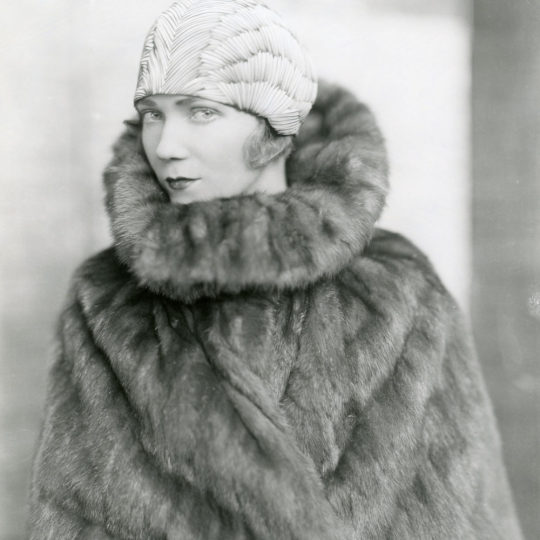




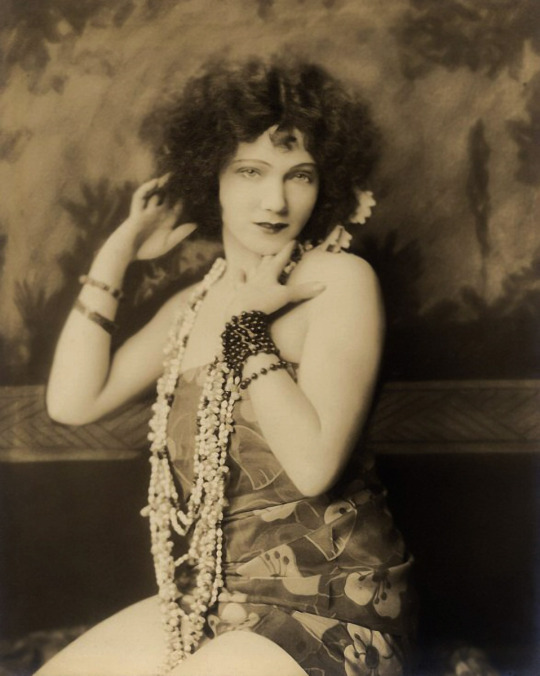


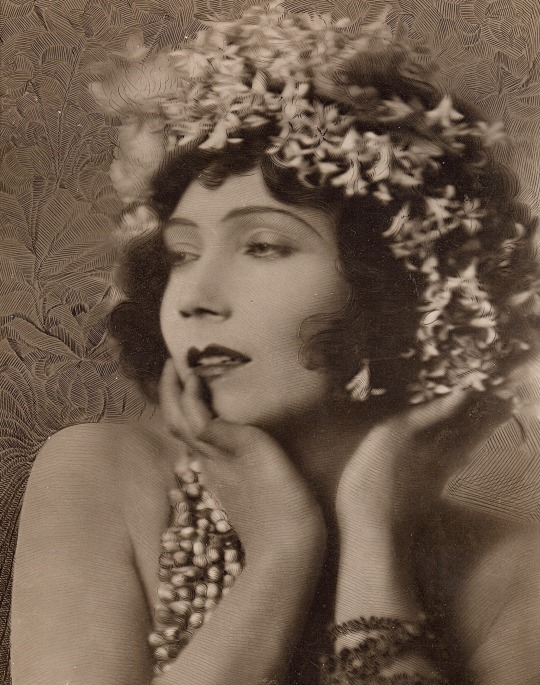

GILDA GRAY
(1901-1959)
“I’d like a home you know, really a home. A domestic habitat. Did you ever know a Polish girl who wasn’t domestic? I am. Terribly so.”
44 notes
·
View notes
Photo
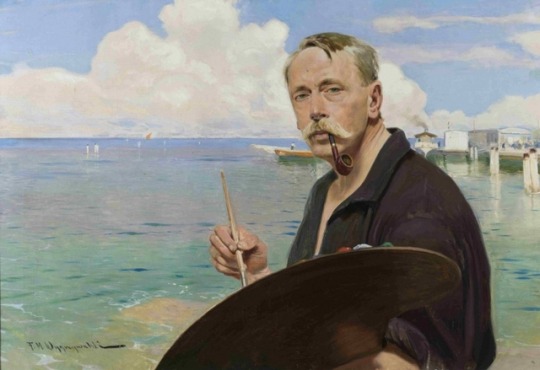
Feliks Michał Wygrzywalski (Polish, 1875-1944)
Self-Portrait with a Palette by the Sea
280 notes
·
View notes
Text
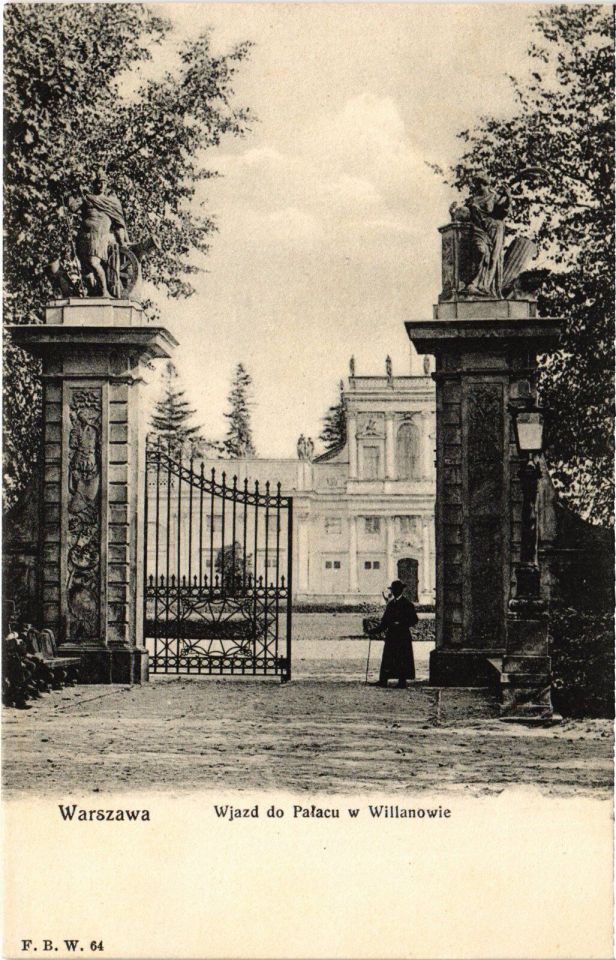
Gate of the Wilanów Palace in Warsaw, Poland
Polish vintage postcard
24 notes
·
View notes
Text
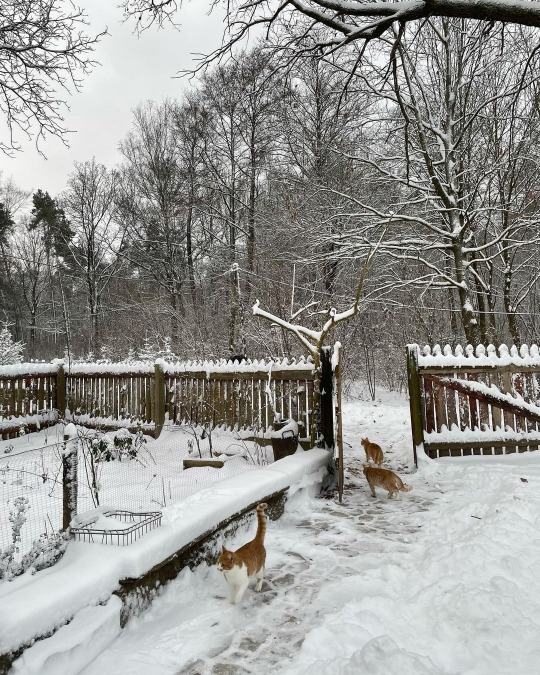
♡ | © Agnieszka Modnicka
➝ Poland pics
30 notes
·
View notes
Photo

Survivors dream, 2019 - oil on canvas.
— Mariusz Lewandowski (Polish, 1960-2022)
https://www.lewandowski.art/
395 notes
·
View notes
Photo
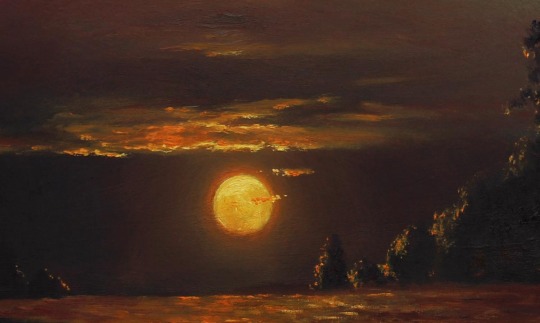



Nocturn with a faulty knight, 2020 - oil on canvas.
— Mariusz Lewandowski (Polish, 1960-2022)
https://www.lewandowski.art/
1K notes
·
View notes
Text
youtube
Uu wygląda na to, że będzie na co wydawać pieniądze
7 notes
·
View notes
Photo

Storm, 1925 - oil on canvas.
― Zdzisław Jasiński (Polish, 1863-1932)
26K notes
·
View notes
Text
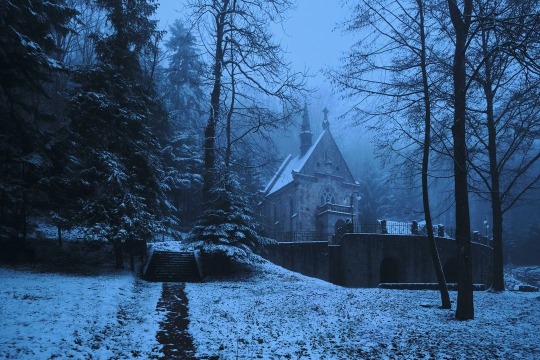
St. John of Dukla Catholic Chapel, Subcarpathia, Poland by Szymon Muszański
384 notes
·
View notes



